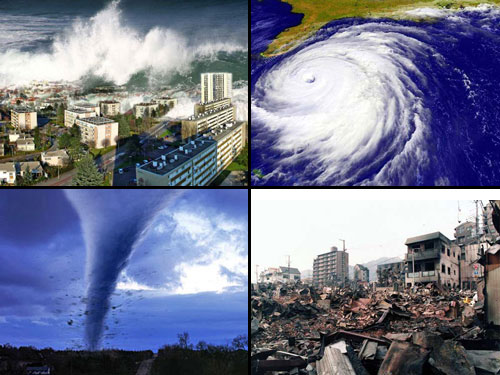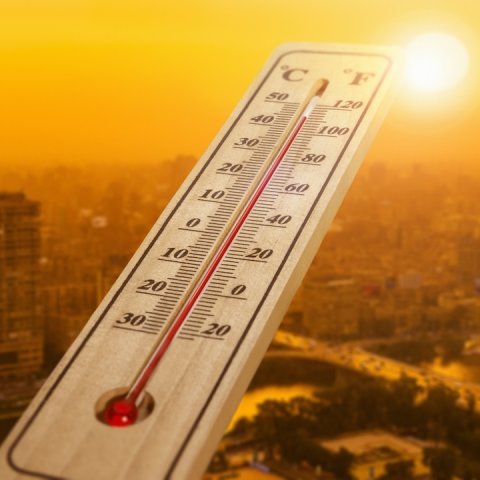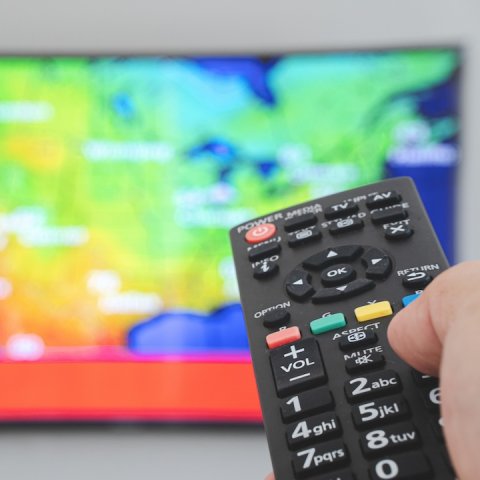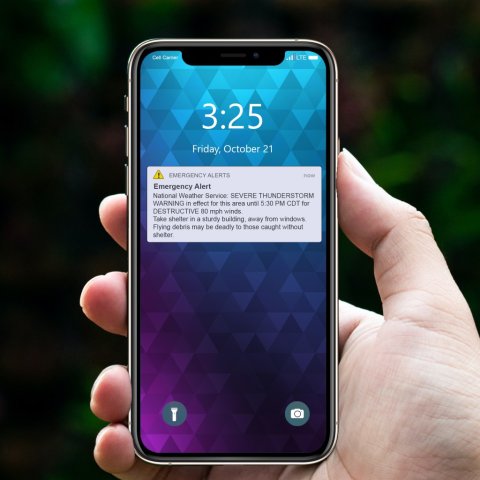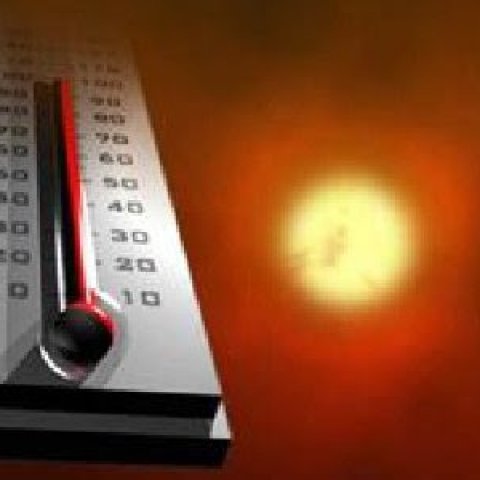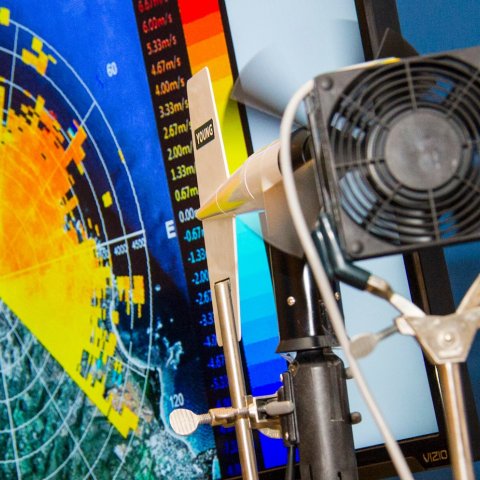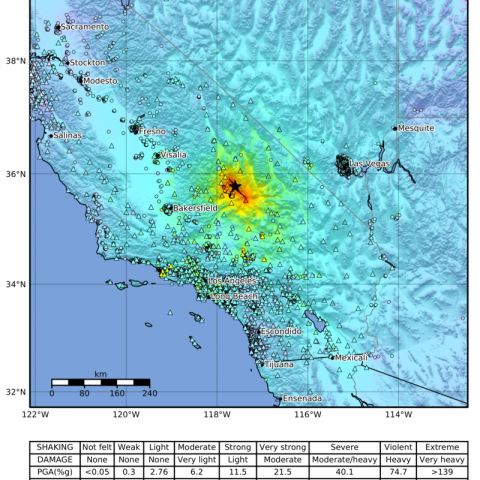Publications
FEMA Wireless Emergency Alerts
Alerts and warnings on short messaging channels: Guidance from an expert panel process. Sutton, J. & Kuligowski, E. (2019). Natural Hazards Review. 20 (2).
Sutton, J., & Kuligowski, E.(2019). Guidance on Creating Alerts and Warnings for Short Messaging Channels.
Sutton, J., & Kuligowski, E. (2019). Alerts and warnings on short messaging channels: Guidance from an expert panel process. Natural Hazards Review. 20(2)
Bean, H., Liu, B. F., Madden, S., Sutton, J., Wood, M., & Mileti, D. (2015). Disaster warnings in your pocket: A qualitative study of how audiences interpret wireless emergency alerts. Journal of Contingencies and Crisis Management, 24(3), 136-147.
Bean, H., Liu, B., Madden, S., Mileti, D., Sutton, J. and Wood, M. (2014) Comprehensive testing of imminent threat public messages for mobile devices. National Consortium for the Study of Terrorism and Responses to Terrorism (START). College Park.
DeYoung, S.E., Sutton, J., Nichols, K., Farmer, A., and Neal, D. (2019). “Death was not in the agenda for the day”: Emotions, behavioral reactions, and perceptions in response to the 2018 Hawaii Wireless Alert. International Journal of Disaster Risk Research. 36, 101078.
Wood, M., Mileti, D., Bean, H., Liu, B. F., Sutton, J., & Madden, S. (2017). Milling and public warnings. Environment and Behavior.
Sutton, J., & Kaufmann, R. (2017). Designing imminent threat messages for an unfamiliar hazard. Communication Teacher.
Earthquake & Tsunami Messaging
McBride, S. K., Bostrom, A., Sutton, J., de Groot, R. M., Baltay, A. S., Terbush, B., Bodin, P., Dixon, M., Holland, E., Arba, R., Laustsen, P., Liu, S., & Vinci, M. (2020). Developing post-alert messaging for ShakeAlert, the earthquake early warning system for the West Coast of the United States of America. International Journal of Disaster Risk Reduction, 101713.
Sutton, J., Fischer, L., James, L. E., & Sheff, S. E. (2020). Earthquake early-warning message testing: Visual attention, behavioral responses, and message perceptions. International Journal of Disaster Risk Reduction, 101664.
Sutton, J., Vos S. C., Wood, M., & Turner, M. (2018). Designing effective tsunami messages: The role of short messages and fear in warning response. Weather Climate and Society. 10(1), 75-87.
HEROIC/ Twitter/ COVID Messaging
Renshaw, S. L., Mai, S., Dubois, E., Sutton, J., & Butts, C. T. (2021). Cutting Through the Noise: Predictors of Successful Online Message Retransmission in the First 8 Months of the COVID-19 Pandemic. Health security, 19(1), 31-43.
Sutton, J., Renshaw, S., & Butts, C. T. (2020). COVID-19: Retransmission of official communications in an emerging pandemic. PLOS ONE 15(9): e0238491.
Sutton, J., Renshaw, S., & Butts, C. T. (2020). The first 60 days: American public health agencies’ social media strategies in the emerging COVID-19 pandemic. Health Security. 18(6). DOI: 10.1089/hs.2020.0105
Sarah C. Vos, Sutton, J., Yue Yu, Scott Leo Renshaw, Michele K. Olson, C. Ben Gibson, and Carter T. Butts (2018). Retweeting Risk Communication: The Role of Threat and Efficacy. Risk Analysis, Vol. 38, No 12.
VORTEX
Sutton, J., Fischer, L. M., & Wood, M. M. (2021). Tornado Warning Guidance and Graphics: Implications of the Inclusion of Protective Action Information on Perceptions and Efficacy. Weather, Climate, and Society.
Sutton, J., & Fischer, L. (2020). Understanding visual risk communication messages: An analysis of visual attention allocation and think aloud responses to tornado graphics. Weather, Climate, and Society. 13 (1) 173-188.
Presentations
Calls to action in short warning messages: A comparative study of 3 hazards. A presentation from the AMS Conference by Jeannette Sutton, Laura Fischer, and David Huntsman in 2022.
Communicating about Extreme Heat: A Usability Study. A presentation from the AMS Conference by Jeannette Sutton, Nick Waugh, and Carol Anne Germain in 2022.
Writing Effective Warning Messages: The Message Design Dashboard Project. A presentation from the A&W Conference by Jeannette Sutton in 2022.
Visual Risk Communication: Attention, Understanding, and Decision Making in Response to a Changing Tornado Scenario A recording from the AMS 5th Conference on Weather, Warnings and Communication by Dr. Jeannette Sutton on June 14, 2019
Eye-Tracking the Storm: The Effect of Variation in Presentation of Visual Risk Information A recording from the American Meteorological Society annual meeting, Phoenix, AZ by Dr. Jeannette Sutton on January 8, 2019
NOAA Seminar (April 2019) Dr. Jeannette N Sutton and colleague Dr. Erica Kuligowski discuss "Creating Alerts and Warnings for Short Messaging Channels"
Flash Briefing (March 14,2020) The Coronavirus, also known as COVID-19, has been declared a pandemic, which means there’s a worldwide spread of a new disease. Dr. Sutton speaks to Eric Singer from the PAST Fusion Cell at Argonne National Laboratory.
News
2022
2021
- UAlbany Awarded $2.8 Million for FEMA Project Aimed at Improving Disaster Messaging. (December 2, 2021). UAlbany News Center.
- University at Albany project to target extreme heat in NYC. (October 6, 2021). MSN Weather.
- UAlbany Researchers Partner to Improve Forecasting, Communication of Extreme Heatwaves in NYC (Sep 30, 2021). UAlbany News Center.
- As flood alerts lit up phones, did ‘warning fatigue’ set in? (Sep 4, 2021). The Associated Press.
- Risk Communication Experts Analyze Visual Responses to Tornado Warning Graphics. (Feb 25, 2021). UAlbany News Center.
- Experts rip officials for ignoring warnings about deadly winter storm. (Feb 25, 2021). Hot Lifestyle News.
- In Your Opinion: Nation must learn from energy missteps by Texas. (Feb 19, 2024). The Daily Star.
- Experts rip officials for ignoring warnings about deadly winter storm. (Feb 20, 2021). New York Post.
- Weather experts: Lack of planning caused cold catastrophe. (Feb 19, 2021). Fox 54 News (WXFG).
- Weather experts: Lack of planning caused cold catastrophe. (Feb 19, 2021). Associated Press.
- Academic Minute: Public Guide to COVID-19 Retweets. (Feb 16, 2021). Inside Higher Education.
2020



